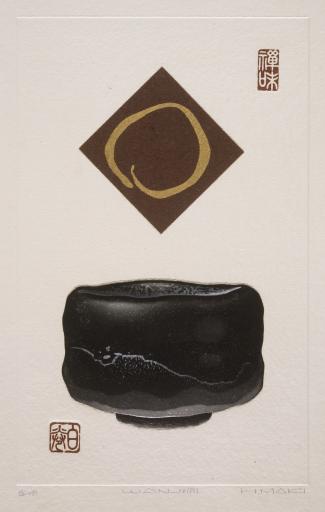Wan-16(B), Maki Haku
Artwork Overview
Maki Haku, artist
1924–2000
Wan-16(B),
late 1980s
Where object was made: Japan
Material/technique: embossing; color woodcut
Dimensions:
Sheet/Paper Dimensions (Height x Width): 238 x 149 mm
Sheet/Paper Dimensions (Height x Width): 9 3/8 x 5 7/8 in
Mat Dimensions (Height x Width): 19 x 14 in
Sheet/Paper Dimensions (Height x Width): 238 x 149 mm
Sheet/Paper Dimensions (Height x Width): 9 3/8 x 5 7/8 in
Mat Dimensions (Height x Width): 19 x 14 in
Credit line: Museum purchase: Lucy Shaw Schultz Fund
Accession number: 1990.0062
Not on display
If you wish to reproduce this image, please submit an image request


